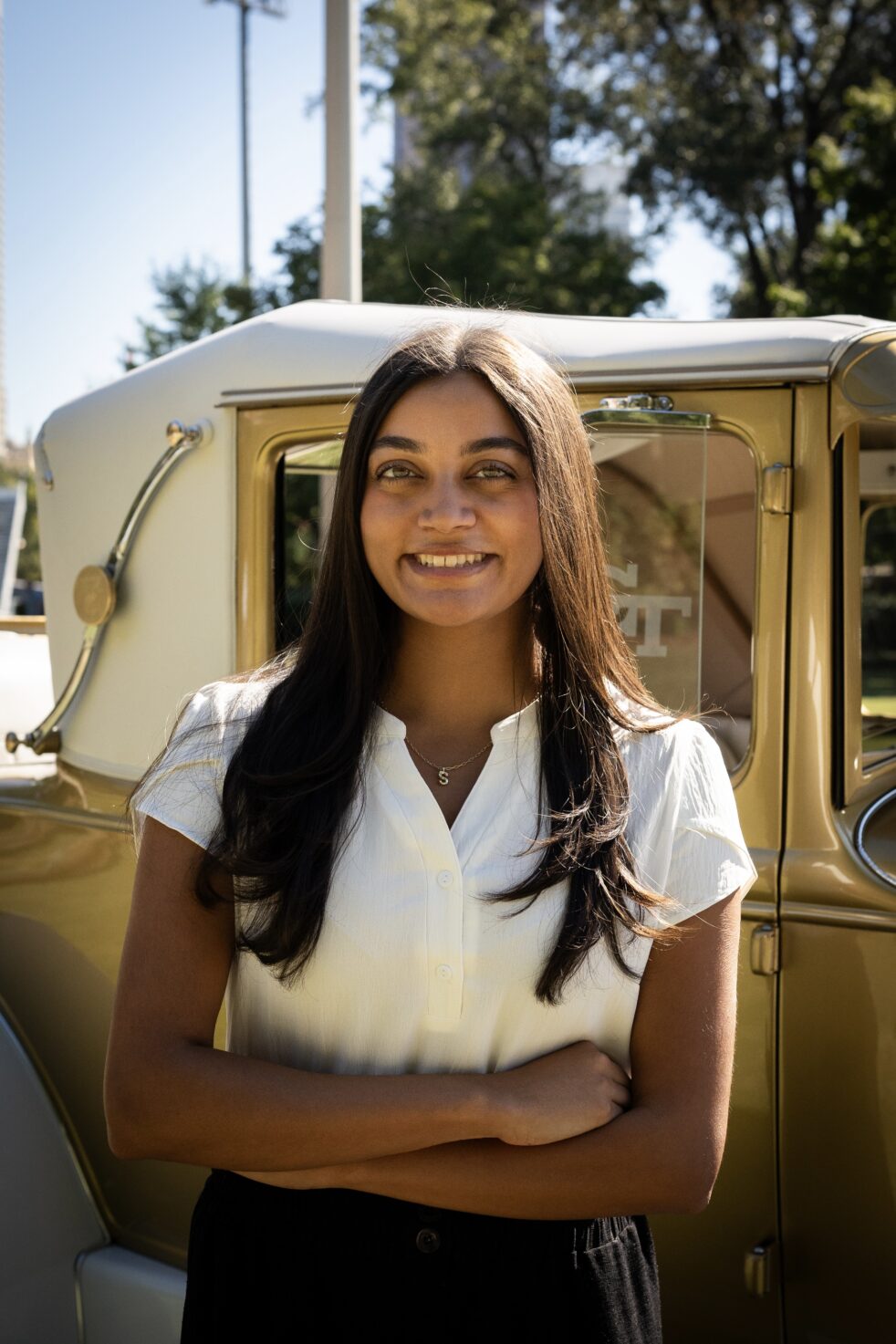For as long as I can remember, the Atlanta Journal Constitution (AJC) has been a constant in my life. Long before I ever decided that I wanted to be a journalist, I used to look forward to Sunday mornings when the newspaper would be delivered to my house, and I could read the cartoons while eating pancakes. When the Braves won the World Series in 2021, I hung up the iconic “Worth the Wait” covers in my room. One of my best thrift finds is a 2003 AJC Peachtree Road Race T-shirt.
In August, our staff at the Technique took a visit to the new AJC headquarters in midtown where Allison Schein, the director of Archive and Rights management at the AJC toured us around the new office and gave us the opportunity to flip through pages of AJC archives.
Right at our fingertips, nearly 150 years of Atlanta history lay frozen in time: all of the pictures, advertisements, columns and frayed edges capturing the essence of news as it was once delivered. Revisiting the history of one of the first newspapers I was ever introduced to was so special to me and served as a reminder of how important local journalism is.
Just a week after our visit, the AJC announced that as of Dec. 31, 2025, the AJC will print its final paper and fully commit to being a digital organization per an email sent to subscribers by Andrew Morse, President and Publisher of the AJC. In a candid message, Morse expressed that the decision to stop printing was not made lightly, adding that there was more viewership online and that relying on “printing presses and delivery trucks” was no longer efficient for the paper.
“For you, and for us, holding onto the paper can bring a sense of comfort in a world of unrelenting change. But we cannot allow that to hold us back,” said Morse in his message.
The AJC’s decision to turn to a fully digital organization comes at no surprise — it’s undoubtedly the direction that journalism is heading towards. Even the Technique transitioned away from our weekly printing model in the last year. But in a shifting media landscape where information flies at a million words per second, the loss of a printed paper is also the loss of a moment to stop and reflect.
In just the past few weeks and months, the world has been exposed to an assasination, the near demise of American-Iranian relations, gruesome conflict in Gaza — I could go on. It’s nearly impossible to keep up with the speed and rigor of news right now — “News Cycles” hardly last a day in times like these. With a digital shift, the news just gets faster and faster; subscribers and viewers are no longer afforded a moment to think about what they just read or watched before moving on to the next devastating occasion that demands attention.
For the AJC, my childhood newspaper, the necessity of the change doesn’t take away from the profound loss that comes with the end of a printed paper. In the words of James M. Cox, the acquirer of the Atlanta Journal who merged the Constitution into the AJC, whose statement hangs in the AJC newsroom: “We must never turn back the hands of the clock. We must always go forward.”
